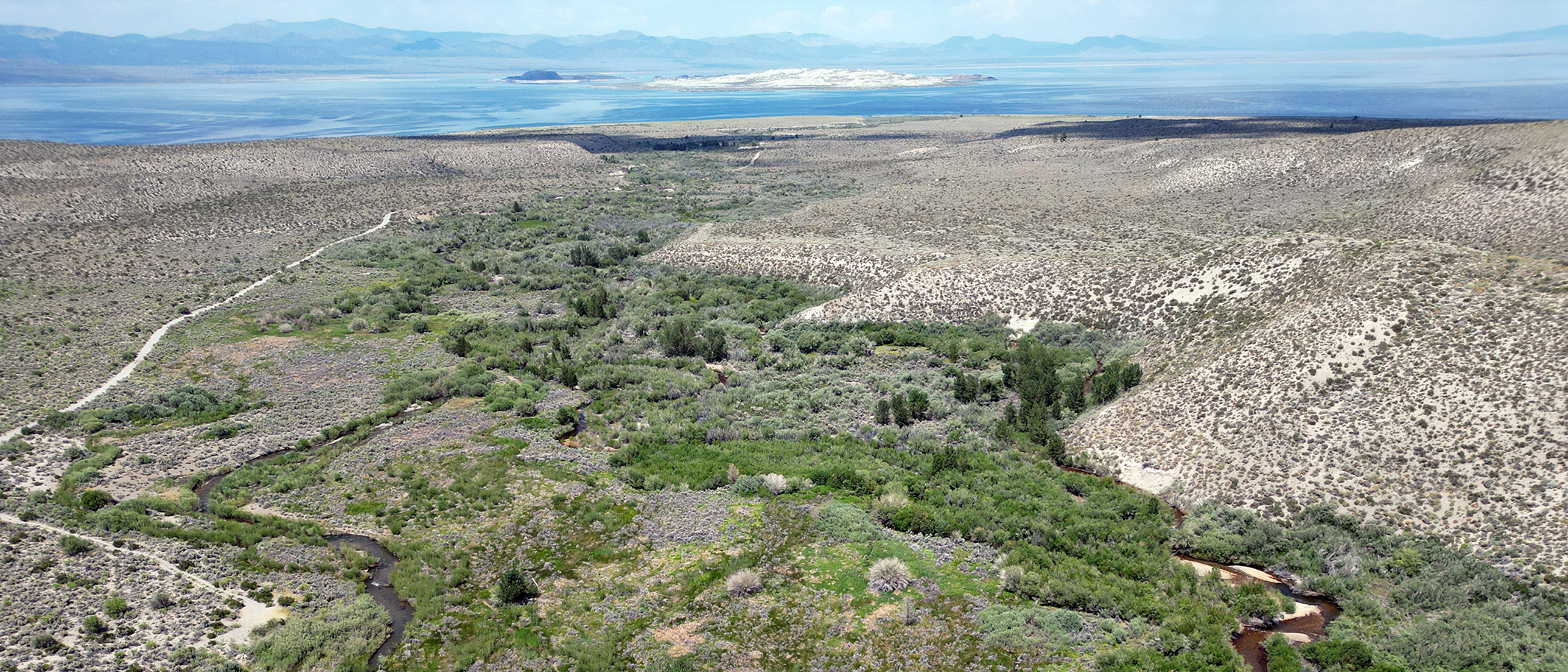
The comment period closed at 4:30pm on May 8
The State Water Board accepted public comments on DWP’s request to waive peak flows and therefore neglect Rush Creek’s restoration. Instead of waiving stream restoration rules year after year, the State Water Board can establish new requirements that continue the restoration of Rush Creek until DWP’s long-overdue replacement of its malfunctioning aqueduct intake valve is successfully completed. Learn more on the Mono Lake blog.
